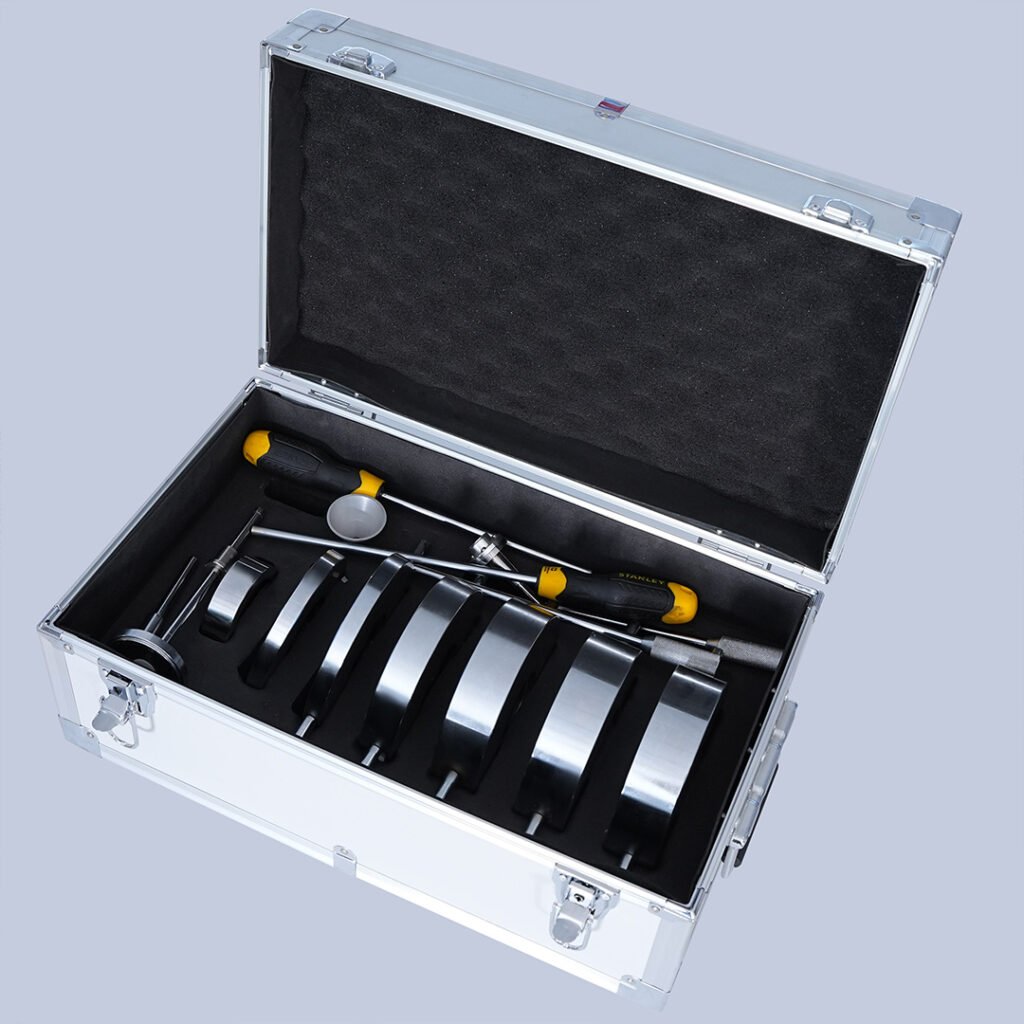The Melt Flow Index Testing Machine plays a critical role in the plastic manufacturing industry, where maintaining product consistency is both a technical and economic priority. Defects such as shrinkage, warping, and incomplete mold filling are commonly encountered—even when using the same molds, machines, and processing settings. These issues may not originate from the equipment itself, but from the variability in raw material flow properties.
One of the most influential but often overlooked factors is the Melt Flow Rate (MFR)—a key indicator of how thermoplastics behave under heat and load. Even slight differences in MFR between material batches can lead to significant deviations in molding performance, cycle time, and part quality. That’s why more and more manufacturers are integrating MFR testing into their standard incoming inspection and quality assurance protocols.
By measuring how thermoplastic materials extrude under precisely defined temperature and pressure conditions, the Melt Flow Index Testing Machine provides fast, repeatable data that helps engineers anticipate flow behavior and adjust processes accordingly—before waste and rework occur.
This testing method is globally recognized and governed by strict international standards. The most widely followed procedures are ASTM D1238 and ISO 1133, which outline detailed requirements for temperature control, die dimensions, preheat duration, and applied weight to ensure reliable and comparable test results across labs.

Melt Flow Index Testing Machine
This machine measures the melt flow rate of thermoplastics like PE, PP, and ABS under standardized conditions.
Widely used in quality control, formulation development, and injection molding optimization.
❓ Why Does MFR Matter in Plastic Processing?
The Melt Flow Rate (MFR) reflects how easily a polymer melts and flows under heat. It directly impacts mold filling, cooling time, shear behavior, and final product quality.
When MFR is too high, parts may warp or lose shape. When too low, molding becomes difficult. That’s why smart manufacturers test MFR before production begins—ensuring stable and predictable results.
Typical situations where MFI testing is essential:
- 📦 Comparing material batches from different suppliers
- 🧪 Verifying how additives affect flowability
- 🧰 Diagnosing mold filling issues during trial runs
- 📈 Building stable process windows in production lines
🔧 What Problems Does the MFI Tester Solve?
The Melt Flow Index Testing Machine applies a fixed weight and temperature to molten plastic, measuring how many grams flow through a die in 10 minutes (g/10min).
With features like PID temperature control, auto-cutting, touch interface, and instant printing, it enables fast and reliable lab or shop-floor testing—even for non-technical users.
Instead of guessing flow behavior or relying on trial-and-error, this device gives you real-world data before production—saving material, labor, and time.
✅ Top 3 Benefits of Using a Melt Flow Index Testing Machine
- Improve Product Consistency
Quickly detect material flow variations before they affect molding results—reduce shrinkage, warping, and incomplete filling. - Optimize Processing Parameters
Predict flow behavior to set ideal temperatures, pressures, and cycle times—minimizing trial-and-error. - Support Standardized Quality Control
Comply with ASTM D1238 / ISO 1133 and ensure supplier validation, customer acceptance, and internal QA documentation.
🏭 Who Uses Melt Flow Index Testing Machines?
- 🏢 Plastic Resin Traders — For quality confirmation before shipping
- 🧪 Compounders & R&D Labs — To assess new formulations
- 🏭 Molders & Extrusion Plants — To ensure consistent processing
- 🧾 Third-party Test Labs — For material certification & comparison
From PE and PP to ABS, TPU, and PC, MFR testing is the foundation for good molding practice and material matching.

Equipped with various tools, all neatly stored in an aluminum case for easy transport and routine maintenance.
✅ Don’t Wait for Mold Failures — Test First
Too often, processors only investigate MFR after defects arise. But with a reliable Melt Flow Index Testing Machine, you can control quality upstream—catching raw material issues before they affect your production.
It’s not just a lab device—it’s your frontline defense for quality assurance and process consistency.
👉 Learn More or Get a Quote